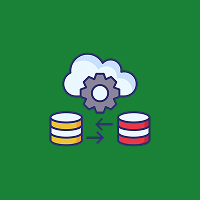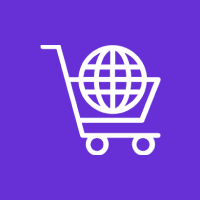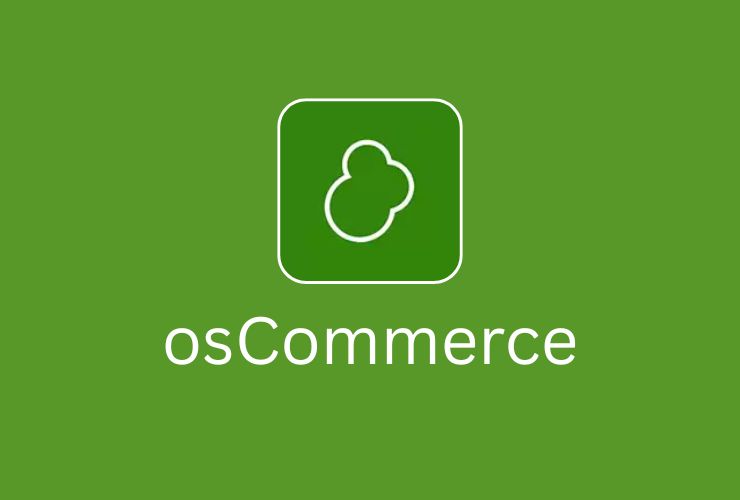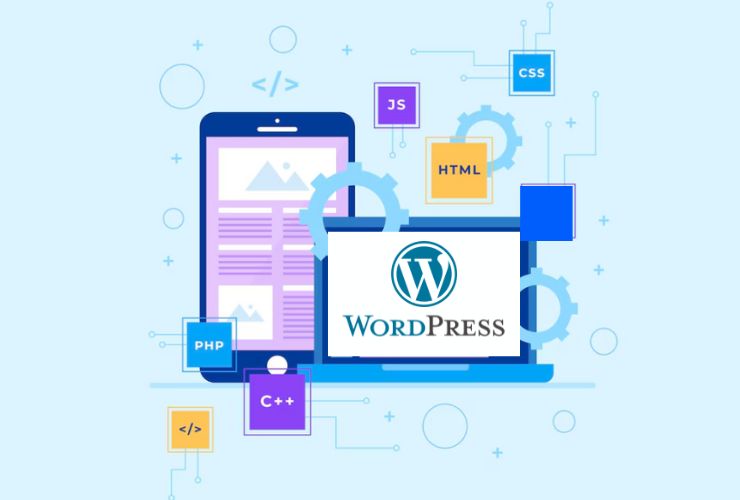For over 20 years, osCommerce has been a trusted name in eCommerce, providing businesses with configurable, open source eCommerce solutions. Many eCommerce platforms have come and gone, but osCommerce has remained a longtime favorite for merchants looking for flexibility and ownership of their online businesses. As is typical of technology, osCommerce is now moving into the future through modernization, scalability and community-based innovation.
Welcome to the New Era of osCommerce v4
The release of osCommerce v4 represents a new era of the application’s evolution. Unlike versions before, osCommerce v4 has been designed for today’s digital-first world. The key upgrades include:
- Modern, sleek User Interface for both administered and customers
- Mobile and responsive design for user friendly, seamless experiences on all devices
- Enhanced security features with increases in compliance
- Advanced integration capabilities to make CRM, ERP, and payment integrations easier
These developments will allow osCommerce to sit at the same table as WooCommerce, Magento, PrestaShop, and others while still giving users the ease of an open-source application.
Innovation Through Community
One of osCommerce’s best attributes has consistently been its active and engaged community of developers worldwide. Thousands of developers, contributors and merchants have engaged in the process of improving the platform, sharing new ideas and building cool extensions or add-ons. The open-source DNA allows osCommerce to never become stale, but rather be always improving through community contributions.
And it is not just simple bug fixes, the community mostly engages to help define osCommerce’s next chapter, while providing:
- AI-driven personalization that allows merchants to offer customized shopping experiences based on customer behaviors, preferences and purchase history.
- API-first architectures that allows businesses to integrate osCommerce with customer relationship management (CRM) systems, enterprise resource planning (ERP) systems, payment gateways, and logistics and third party provider applications without friction.
- Cloud-ready deployment options and allows for fast deployments and the potential for scalable growth capabilities via providers like AWS, Azure, and Google.
- Scalable, and modular add-ons make it easy to extend and adapt osCommerce to niche verticals like wholesale distributors, B2B, or subscription model add-ons.
This collaborative ecosystem will afford osCommerce a unique opportunity to remain relevant, robust and agile in an ever-evolving world of new technologies and is sustainable to a significant degree due to community development assuring merchants will never have to be alone with no shared knowledge, forums, documentation, and expanding repository of solutions.
Reasons Why Businesses Continue to Opt for osCommerce
Although the number of eCommerce platforms continues to grow, osCommerce has established itself as a strong candidate for a business across the globe. Its enduring appeal revolves around the core value outlined below:
Affordability: As an open-source platform, osCommerce requires no licensing fees, which is very appealing to start-ups, SME’s, and enterprises. That means businesses only have to invest in hosting, customization, and maintenance, giving them complete budget control.
Flexibility: Every single part of the platform can be customized including the shape and style of the storefront, how the products are presented and classified, workflows in the back-end of the site, or even how the check-out process is structured. Businesses can design the type of experience that will work best for their brand or customers.
Ownership & Control: Businesses that use SaaS proprietors like Shopify, knowing that they are subject to vendor policies, locked-into their vendor processes, and have data that is also subject to its own limitations. With osCommerce, merchants have complete ownership of the pavement and their data. This also eliminates vendor lock-in meaning they can future-proof their business.
Stability & Legacy: With more than 20 years-or-so of existence, osCommerce has a vast, uncomplicated reputation. Business organizations can have peace of mind knowing that a vast range of updates, plugins, and add-ons are available for security and/or purpose.
For these reasons, when businesses are looking for long-term sustainability, independence, and value via affordability or revenue, they can expect osCommerce to provide this kind of worth that is simply unmatched outside of some proprietary or subscription-based platform.
The Future
osCommerce’s future is full of potential for new features, new growth and new ways of doing business. The platform is continuously aligning itself with several new trends influencing global eCommerce:
Headless Commerce Architectures: osCommerce can help businesses differentiate and create seamless shopping experiences across multiple customer touchpoints, including websites, mobile apps, IoT devices, and new channels such as voice commerce by decoupling the frontend from the backend.
AI & Machine Learning: The intelligence that AI can offer will change the way merchants will operate in their day to day affairs. From product recommendations and marketing to predictive and management to fraud detection, movers and shakers will be looking to smarter, data-centric tools to help performance across their various eCommerce channels.
SEO & Performance: As competition increases, performance and discoverability are the ultimate goals to which many merchants aspire. Consequently, osCommerce is expected to strengthen its SEO structures, increase site speed and ultimately provide merchants tools to rank higher in each area than competitors.
Multi-Vendor & Marketplace Implementation: The expansion of online marketplaces provides new opportunities to create new revenue streams. Future versions of osCommerce will expand on multi-seller facilities, allowing array of vendors in the ecosystem to expand beyond a single storefront and manage a fully scalable marketplace platform.
Globalization & Localization: Cross-border eCommerce continues to expand and osCommerce is responding with increased support for multi-language, multi-currency, tax regulations compliance and other strategies aimed at businesses that do not have boundaries.
Conclusion
osCommerce is no longer just a legacy platform—it’s a reinvented, forward-looking solution ready to meet the demands of modern eCommerce. With its v4 release, active community, and adaptability to new technologies, osCommerce is poised to empower the next generation of merchants.
For businesses seeking a future-proof, customizable, and cost-effective platform, osCommerce stands as a strong contender in the competitive eCommerce landscape.
Contact Us Today
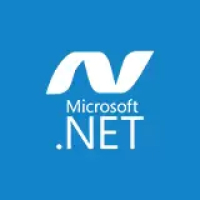







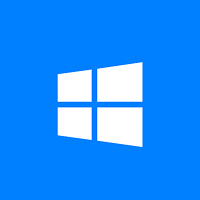




 Database Development
Database Development










